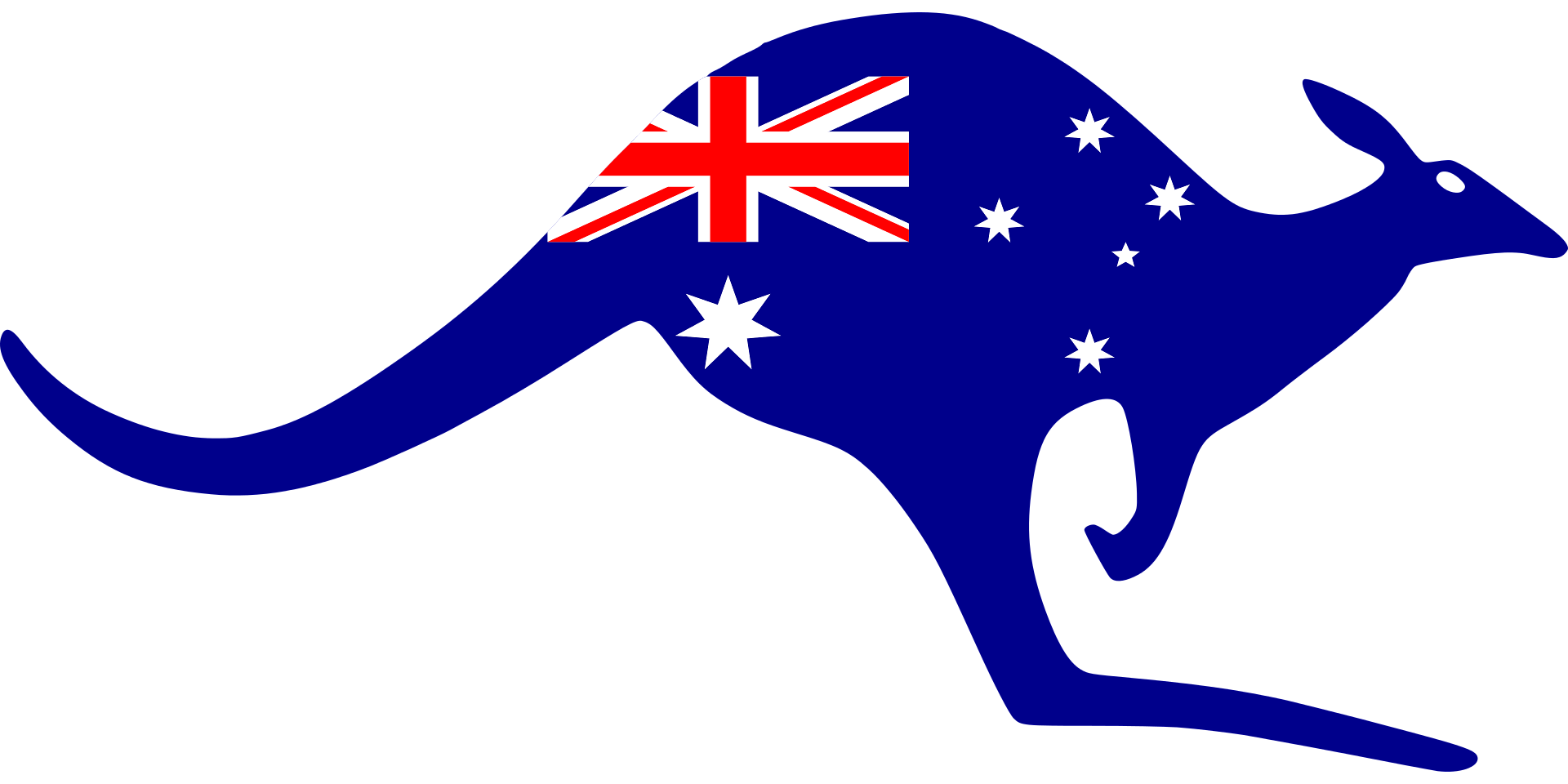Australia, often referred to as the “Land Down Under,” is a continent that captivates the imagination with its unique blend of history and geography. From its indigenous roots dating back tens of thousands of years to its modern cities and diverse ecosystems, Australia offers a remarkable journey through time and landscapes. This article delves into the rich tapestry of Australia’s history and geography, shedding light on its ancient origins, colonization, diverse ecosystems, and the incredible stories that have shaped this vast and intriguing land.
1.Ancient Origins: Indigenous Heritage and Connection to the Land
Australia’s history stretches back tens of thousands of years, long before European settlers arrived on its shores. The continent was inhabited by diverse indigenous cultures, each with its own languages, customs, and traditions. These indigenous peoples, often collectively referred to as Aboriginal and Torres Strait Islander peoples, have a deep and spiritual connection to the land, shaped by their understanding of the Dreamtime, their creation mythology that explains the origins of the world.
For thousands of generations, indigenous Australians lived in harmony with the land, adapting to its varying climates and ecosystems. They practiced sustainable land management techniques, leaving a legacy of intricate rock art, tools, and sacred sites that provide glimpses into their rich history and cultural heritage.
2.Colonization and Cultural Shifts
The 18th century marked a significant turning point in Australia’s history with the arrival of European explorers and settlers. In 1770, Captain James Cook claimed the eastern coast for Britain, leading to subsequent colonization. The establishment of the first British penal colony in 1788 marked the beginning of a turbulent period for the indigenous populations, as European diseases, dispossession of land, and violence had profound impacts on their societies.
The influx of convicts and settlers also led to the formation of modern Australian cities, with Sydney emerging as a prominent center of commerce and governance. Over time, a unique blend of British, European, and indigenous cultures emerged, shaping the identity of modern Australia.
3.Diverse Landscapes: From Deserts to Coral Reefs
One of the most captivating aspects of Australia is its remarkable geographic diversity. The continent is home to a wide range of landscapes, from the iconic Outback deserts to lush rainforests and pristine beaches. The Great Barrier Reef, a UNESCO World Heritage site, stands as a testament to Australia’s natural splendor, showcasing an underwater world of vibrant coral and marine life.
Australia’s vastness is also reflected in its unique flora and fauna. The continent’s isolation from other landmasses led to the evolution of distinct species found nowhere else on Earth, such as kangaroos, koalas, and the elusive platypus. The diverse ecosystems have also given rise to a variety of climates, ranging from tropical in the north to temperate in the south.
4.Exploring National Identity and Cultural Mosaic
Australia’s modern identity is a product of its rich history and diverse geography. The nation’s cultural mosaic reflects the contributions of various immigrant groups, including Europeans, Asians, and Middle Easterners, who have all added their unique flavors to the country’s social fabric. This multiculturalism is celebrated through festivals, cuisine, and art, making Australia a truly cosmopolitan society.
The concept of “mateship” and the “Aussie larrikin” spirit are deeply ingrained in the national psyche. Australians are known for their friendly and laid-back nature, fostering a sense of community and solidarity, particularly during challenging times.
5.Environmental Challenges and Conservation Efforts
While Australia’s natural beauty is undeniable, the continent also faces significant environmental challenges. Bushfires, droughts, and issues related to climate change have had profound impacts on the land and its ecosystems. The devastating bushfires in recent years have highlighted the urgent need for sustainable land management and conservation efforts.
In response to these challenges, Australia has taken steps to address environmental concerns. Conservation initiatives, protected areas, and efforts to promote sustainable practices are underway to preserve the unique biodiversity and natural landscapes that define the continent.
Conclusion Australia’s history and geography are intertwined in a complex and captivating narrative. From the ancient connections of indigenous cultures to the modern multicultural society, the continent’s story is one of resilience, adaptation, and coexistence with its diverse landscapes. As Australia navigates the challenges of the present and future, its rich past continues to shape its identity and inspire a shared commitment to safeguarding its natural wonders for generations to come.

